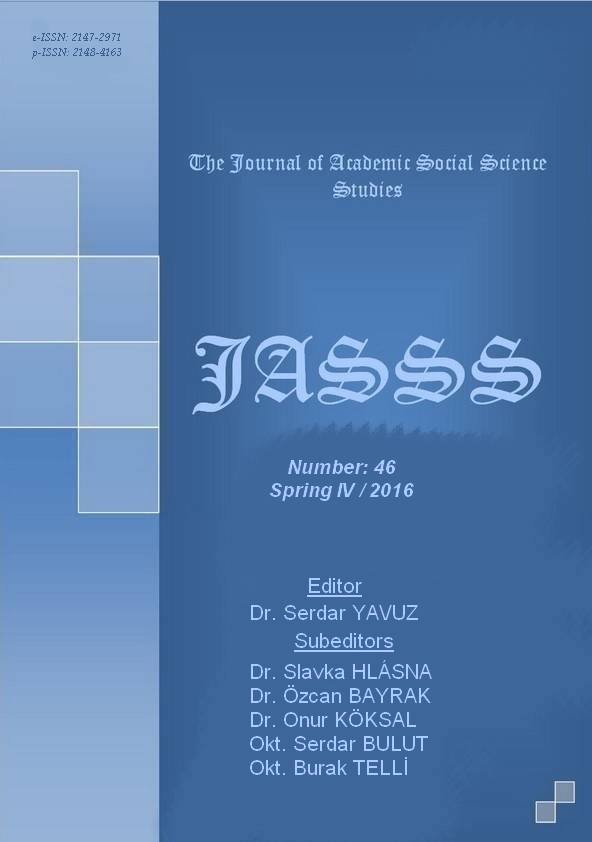Author :
Abstract
Hilafetin kaldırılması beraberinde kurumsal olarak benzer işlevlere sahip olan ve öteden beri Türkiye’ye yönelik aleyhte faaliyetleri müşahede edilerek birer “fesat” ve “ihanet” ocağı olarak değerlendirilen ve bu mazilerinden dolayı Lozan Konferansında Türk Heyetinin ısrarla ülkeden çıkarılmaları için çaba göstermesine rağmen bazı kayıtlarla kalmalarına müsaade edilen patrikhaneler ile hahambaşılık kurumlarının de kaldırılmaları veya sınır dışı edilmeleri ile ilgili propaganda ve kampanya zeminini yaratmıştır. Bu doğrultuda bilhassa basında görülen bu teşebbüsler bir süre devam ettirildi ise de hükümetin destek vermemesi üzerine gündemden düşmüştür. Zira Hilafet müessesesinin kaldırılması ile birlikte bir fırsat olarak telakki edilebilecek söz konusu müesseselerin kapatılması veya sınır dışı edilmeleri konusu Türkiye’nin Lozan Barış Konferansında ve Lozan Barış Antlaşmasında vermiş olduğu taahhütleri ihlal etmesi anlamına gelmektedir. Ayrıca meselenin gündemi meşgul ettiği o günlerde Lozan Barış Antlaşması henüz tüm taraflarca-başta İngiltere olmak üzere- tasdik edilip yürürlüğe girmemiştir. Türkiye’nin arzusu ve amacı bu sürecin daha fazla uzamaması ve bir an önce tamamlanmasıdır. Bu nedenle söz konusu teşebbüsler yalnız dönemin bazı gazetelerinin neşriyatıyla sınırlı kalmıştır. Resmî çevrelerce mahzurlu görülüp tasvip edilmemiştir. Netice böyle olmasına karşın yaşanan tartışmalar patrikhaneleri ve hahambaşılığı akıbetleri noktasında bir hayli endişeye sevk etmiştir. Muhtelif gerekçeler öne sürerek kendilerini müdafaa etmelerine ve Türkiye’ye sadakatlerini izhar etmelerine yol açmıştır. Bu çalışmada, Hilafetin kaldırılması sonrası patrikhaneler ve hahambaşılığın da kaldırılması veya sınır dışı edilmeleri ile ilgili propaganda ve kampanyaların ortaya çıkışı ve akıbeti incelenecektir.
Keywords
Abstract
The abolition of the caliphate laid a foundation for the propaganda and campaigns to abolish or deport the patriarchates and chief rabbinates which had institutionally similar functions and were considered to be the source of “sedition” and “betrayal” based on their unfavorable activities against Turkey and permitted to stay in the country with some conditions in spite of the endeavors of Turkish Committee in Conference of Lausanne for deporting due to their history. In this regard, although such attempts particularly encountered in the media continued for a while, they were no more on the agenda because the government did not support. Forasmuch as, the abolition or deportation of these institutions, which could be accomplished together with the abolition of caliphate, meant the violation of undertakings provided by Turkey during the Conference of Lausanne and in the Treaty of Lausanne right after. Moreover, on those days when the issue was still under discussion, the Treaty of Lausanne was not acknowledged and put into force by all parties, particularly the United Kingdom. Turkey’s goal and expectation in this context was not to extend this period and to finalize immediately. Therefore, such attempts were only limited to the publications of main stream newspapers of the time. It was not approved by the officials since it was considered to be wrong. Although this was the situation, these activities caused the patriarchates and chief rabbinates to worry on their futures. This made them defend themselves, putting forward variety of justifications, and show their loyalty to Turkey This paper investigates the emergence and future of the propaganda and campaigns relevant to the abolition or deportation possibilities of the patriarchates and chief rabbinates in the aftermath of the abolition of caliphate.
